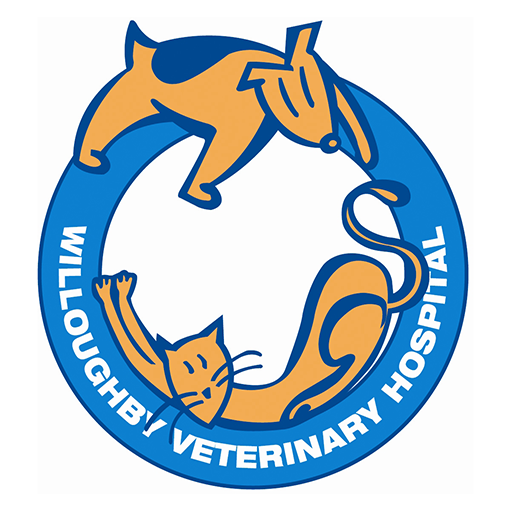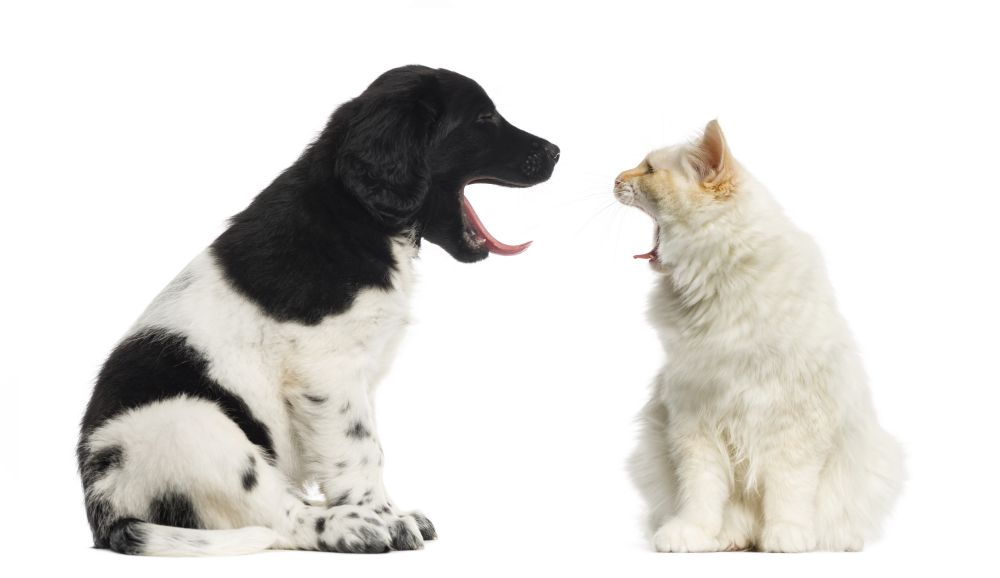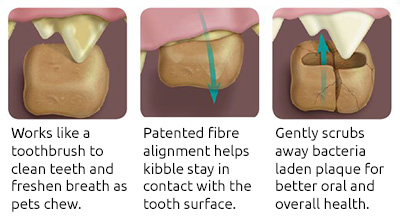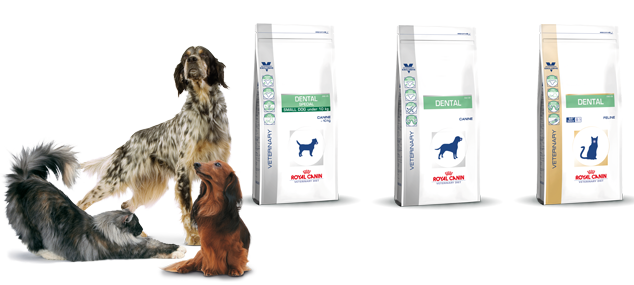Looking after your pet’s mouth is a major part of their health care, ensuring they remain comfortable and pain-free.
It’s Time to Check Their Choppers! Book in for your Free Dental Check.
Signs of Dental Disease
If your pet has oral health problems, the most recognisable sign is bad breath. Listed below are other signs that could indicate your pet might be suffering a sore and painful mouth. If you notice any of the following, you should contact us for a complete examination.
- Bad breath
- Difficulty eating
- Loose teeth or tooth loss
- Pawing or rubbing the mouth
- Bleeding gums
- Yellow or brown tartar on the teeth
- Dribbling
Dental disease in your dog or cat can affect more than just the teeth and mouth. If left untreated, bacteria may enter the bloodstream and infect organs such as the heart, liver, kidneys or spleen. Gingivitis is a common consequence of dental
Diagnosing Dental Disease
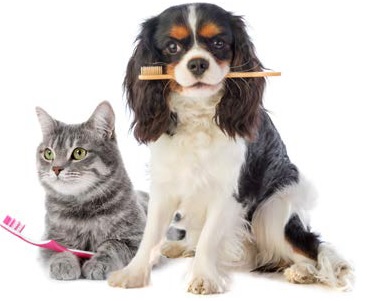
Book a Free Dental Check with our team.
- We will recommend what dental treatment is needed and suggest a treatment plan.
- We will advise how to maintain your pet’s ongoing dental health.
Treating Dental Disease
Depending on the severity of your pet’s dental disease, we may either recommend proactive methods to stay ahead of Dental Disease (see below) or a dental scale and polish/procedure. If this is the case, our team can treat your pet onsite in our dedicated Dental Treatment Room. See our Dental Treatment Facilities page for more information.
After initial treatment, you are entitled to discounts on both dental products and subsequent scale and polish procedures performed within 12 months.
Stay Ahead of Dental Disease
Prevention is better than cure! Our focus is to stay ahead of Dental Disease, ensuring your pet’s mouth remains clean, healthy and pain free.
Click on the following link to print the dental home care notes or see below:
- Diet – We recommend feeding a prescription diet specifically designed for dental care such as Hills T/D and Royal Canin Dental. These diets are purpose made to prolong the health of your pets teeth with the use of both mechanic and chemical properties.
- Brushing – This is the gold standard in prevention, which is why human dentists insist we brush every day! If your pet will allow it, tooth brushing is the single most effective way of controlling plaque. Be sure to use pet toothpaste and start slowly with a finger toothbrush, working up to a soft bristled brush.
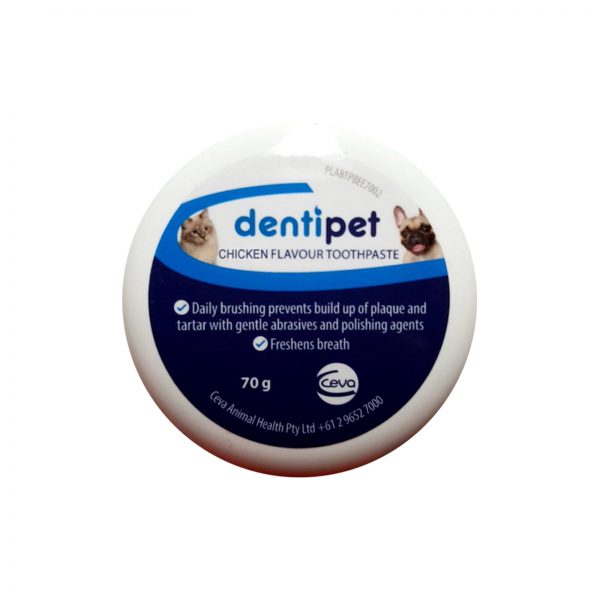
- Water Additives – Helps maintain healthy teeth and gums. Healthymouth™ is the only dental water additive to receive the Veterinary Oral Health Council® Seal of Acceptance for dogs and cats. With regular use, Healthymouth will reduce the severity of periodontal disease, slow progression of periodental disese in adult dogs and casts and improve even severe dental disease in senior pets.
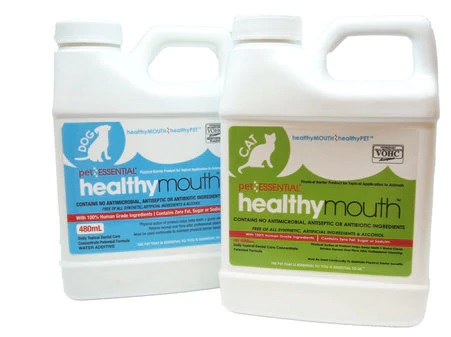
- Chewing – Effective chewing will push the plaque away from the teeth, similar to wiping the tooth’s surface clean. There is a vast range of commercial treat chews on the market which range in quality and effectiveness. We recommend choosing one that has been scientifically tested, such as Greenies.
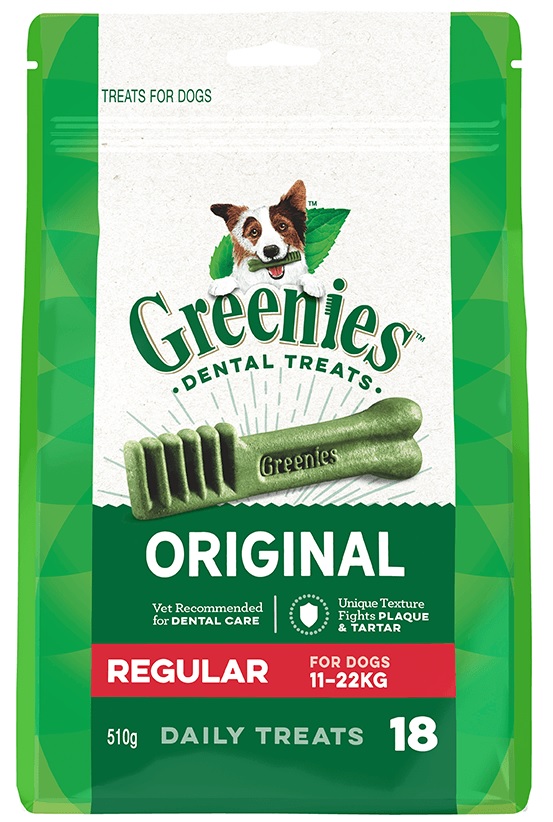
It’s Time to Check Their Choppers
